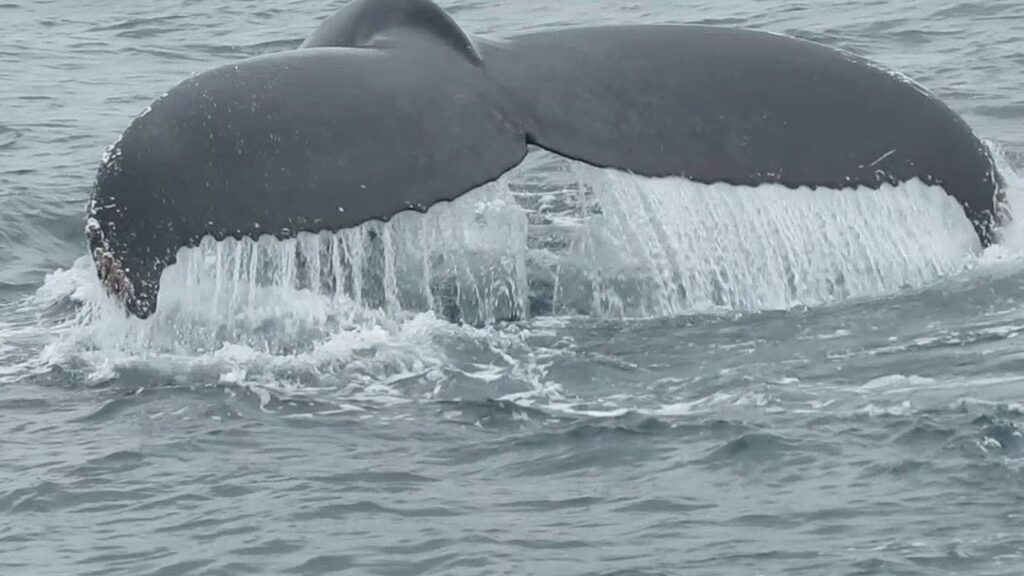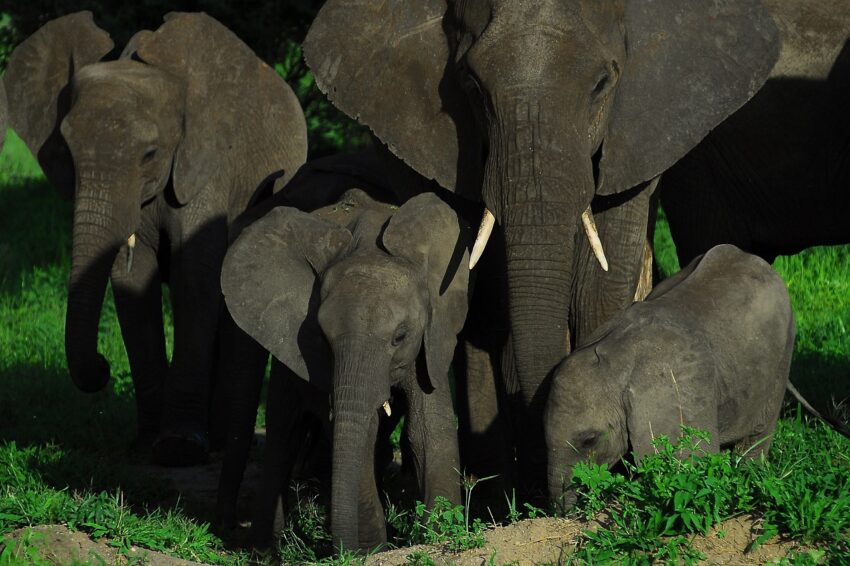The world is home to an incredible diversity of life, but many of these species are under threat. According to the International Union for Conservation of Nature (IUCN), over 41,000 species are currently threatened with extinction. This includes some of the world’s most iconic animals, from the majestic Javan Rhinos to the elusive Amur Leopard.
The Plight of Endangered Species
Here are 10 of the world’s most endangered animals:
- Javan Rhinos
- Amur Leopard
- Sunda Island Tiger
- African Forest Elephant
- Black Rhino
- Bornean Orangutan
- Cross River Gorilla
- Eastern Lowland Gorilla
- Hawksbill Turtle
- Sumatran Elephant
These animals are critically endangered mostly due to unsustainable human-led activities. It’s important to raise awareness about these species to help conservation efforts.

The Power of Technology in Conservation
In the face of this biodiversity crisis, technology and innovation offer a beacon of hope. Here are some ways how they can help:
- Better Mapping and Visualization: Tools like Google Earth have become a real tool for the conservation and preservation of species and habitats.
- Smart Collars for Endangered Species: These use GPS and accelerometer technology to track not only a wild animal’s location but also its movement, hunting patterns, and more.
- Remote Control Photography and Video: Devices like the BeetleCam make observing animals easier, providing essential details about endangered species in their natural habitat.
- Remote Monitoring of Wildlife Sounds: New computer technology can listen to multiple bird sounds at one time, identify which species are present, and how they may be changing due to habitat loss or climate change.
- Remote Controlled Sampling: Scientists have come up with a way to use a remote controlled helicopter to take samples from very large animals, like whales.
- Camera Traps: These provide a non-intrusive means of monitoring species’ behavior, distribution, and diversity within a landscape, and help protect threatened wildlife and habitats from poaching and other illegal activities.
- GIS & Remote Sensing: Geographic information systems (GIS) are computer-based tools used to store, visualize, analyze, and interpret geographic data. Remote sensing enables conservationists to accurately observe wildlife populations, monitor illegal mining, identify causes of deforestation, and detect and analyze other changes to the landscape.
- Environmental DNA & Genomics: Conservationists use environmental DNA (eDNA) to collect a wealth of biodata quickly and easily from soil and water samples. Traces of animal DNA can reveal the presence of previously unobserved species.
- Biotechnologies: New biotechnologies such as de-extinction and cloning could help to bring extinct animals back from the dead and revive millions of endangered species.
The Role of Startups and Entrepreneurs
Startups and entrepreneurs can play a significant role in saving endangered animals. Here are some ways they can contribute:
- Innovative Technology: Startups can develop and implement innovative technologies to aid in conservation efforts. For example, a tech startup called Conservation X Labs is bringing new people into the field of conservation — including entrepreneurs, engineers, computer scientists, and anthropologists. They aim to support research and development into technology that might aid conservation.
- Prizes for Innovation: Startups can set up prizes to lure in fresh talent and ideas. Conservation X Labs has launched six competitions for tools to limit the spread of infectious diseases, the trade in products made from endangered species, and the decline of coral reefs.
- Sustainable Business Practices: Entrepreneurs can make a difference by choosing sustainable business practices. This includes avoiding products made from endangered species and choosing suppliers who are committed to sustainable practices.
- Advocacy: Entrepreneurs can use their influence to advocate for conservation. This can be as simple as talking about the issue on social media or as involved as lobbying for legislation to protect endangered species.
- “Pop-up” Habitat Modification: Entrepreneurs can implement novel ways to protect endangered species, such as “pop-up” habitat modification. For example, ranchers can take down fences temporarily while elk are migrating to allow them to move freely.
- Investment in Conservation: Startups and entrepreneurs can invest in conservation efforts directly or through partnerships with non-profit organizations. This can provide much-needed funding for research, habitat restoration, and other conservation initiatives
Conclusion
The rapid loss of species we are seeing today is estimated by experts to be between **1,000 and 10,000 times higher** than the natural extinction rate. These technologies not only help in monitoring and protecting endangered species but also in understanding their behavior and needs, which is crucial for their survival. Technological innovation has the potential to transform how we tackle today’s – and tomorrow’s – biggest conservation challenges.
As we continue to innovate and harness the power of technology, there is hope that we can turn the tide for these endangered species and protect the rich tapestry of life that makes our world so extraordinary.
“This blog post is the result of a collaborative effort between the blog owner and Microsoft Copilot, an AI developed by OpenAI. The initial idea and the request for the blog post came from the blog owner, who provided the direction and the topics to be covered. The research, drafting, and writing of the post were carried out by Microsoft Copilot. It’s important to note that while Microsoft Copilot provided the information and wrote the post, the final content was reviewed, edited, and approved by the blog owner to ensure it aligns with the blog’s tone and audience. We hope you find the information in this post informative and helpful!”
Here are some references for the information provided in the blog post:
International Union for Conservation of Nature (IUCN)
World Wildlife Fund (WWF)
Conservation X Labs
Google Earth
BeetleCam
Geographic Information Systems (GIS)
Environmental DNA (eDNA)Linkes to images; 1: “Elephant Family” 2: “Whale Tail”
